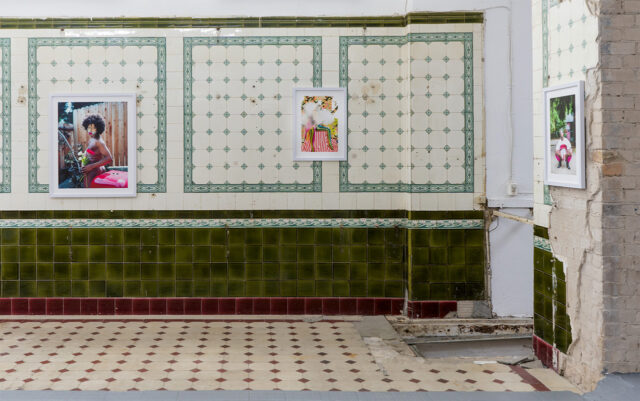2013
Altenbraker Straße
18
Berlin
12053
Horse & Pony, gegründet 2013 von Carrick Bell and Rocco Ruglio-Misurell, ist ein nicht kommerzieller, von Künstler:innen geführter Projektraum in Neukölln. Die Mission ist es, Künstler:- und Kurator:innen einen Raum für Experimente und Entwicklungen zu bieten und den kreativen Austausch mit anderen Räumen zu erleichtern. Wir hoffen, dass dies dazu ermutigt, außerhalb der typischen Arbeitsmodi aktiv zu werden, was beispielsweise zu von Künstler:innen
kuratierten Projekten führt, die sonst keinen geeigneten Ausstellungsort finden würden. Xanadu ist ein Raum für Bewegtbildarbeiten, der im Horse & Pony angesiedelt ist und dient als Plattform für verschiedene Herangehensweisen an das Format der Einzelbildprojektion.
kuratierten Projekten führt, die sonst keinen geeigneten Ausstellungsort finden würden. Xanadu ist ein Raum für Bewegtbildarbeiten, der im Horse & Pony angesiedelt ist und dient als Plattform für verschiedene Herangehensweisen an das Format der Einzelbildprojektion.

Derick Decario Ladale Whitson, Cheryl Donegan, Hell Yes, 2021, Foto: Rocco Ruglio Misurell